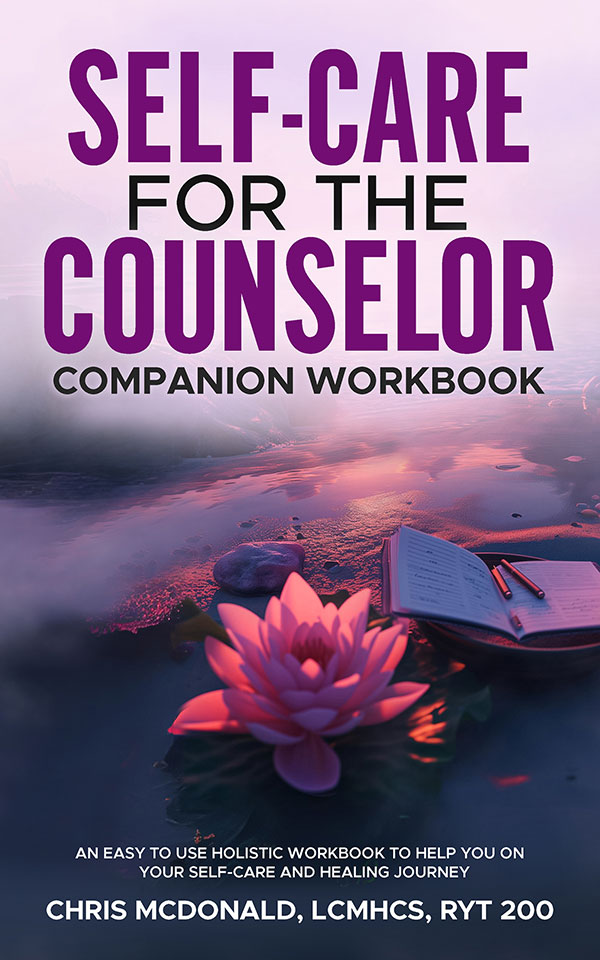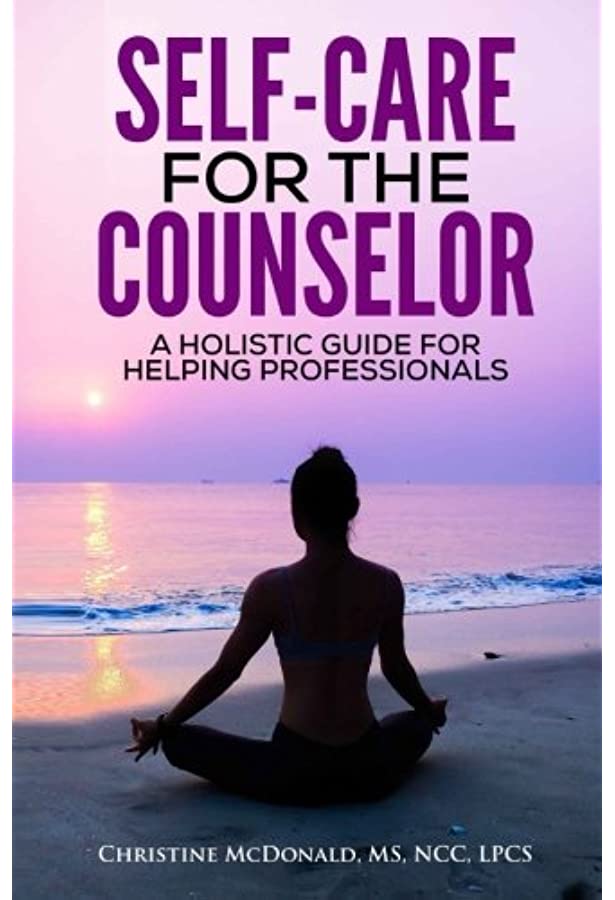The Transformative Power of Mindful Movement in Therapy
Are you eager to enrich your therapeutic practice with holistic methods that harmonize mind, body, and spirit? Mindful movement, a profound approach to wellness, extends beyond traditional therapy by intertwining physical activity with mental awareness, enhancing both emotional resilience and physical strength. For us as mental health therapists, integrating mindful movement into our practice offers a unique opportunity to facilitate deep, healing connections with our clients.
Understanding Mindful Movement
During a recent episode of the Holistic Counseling Podcast, I, Chris McDonald, was joined by Jessica Patching-Bunch, a neuropsychologist and stress resilience coach. Together, we delved into how mindful movement can significantly bolster mental health, reduce stress, and promote a holistic sense of wellbeing. But what exactly is mindful movement? It encompasses any physical activity performed with awareness, focusing attention on the body’s movements and the sensations they evoke, thus fostering a profound connection between the physical and the mental.
Practical Implementation in Daily Therapy
How can we, as therapists, seamlessly incorporate mindful movement into our daily routines and those of our clients? It starts with simple steps. Encouraging clients to notice the sensations of their feet touching the ground as they walk, or the rhythm of their breathing during mild exertion, can be an excellent introduction to mindful movement. These practices not only aid in stress reduction but also enhance self-awareness, a critical component of mental health therapy.
The Benefits of Diverse Practices
Mindful movement is not one-size-fits-all; it includes a variety of practices like yoga, Qigong, and other gentle forms of exercise that emphasize mental presence and physical grace. Each modality offers unique benefits but shares the common goal of enhancing mind-body integration. As therapists, exploring these different techniques allows us to offer tailored, effective treatment plans that meet the individual needs of our clients.
Enhancing Emotional Regulation Through Movement
Jessica shared invaluable insights into how mindful movement aids in emotional regulation. This practice strengthens interoception, which helps individuals better understand and manage their emotions. For our clients, especially those dealing with anxiety or stress, mindful movement can be a gateway to better emotional health.
Simple Strategies to Start
I often remind our community that beginning a practice of mindful movement doesn’t require monumental changes. It can be as straightforward as dedicating a few minutes each day to focus on bodily sensations during movement—a practice that can be easily integrated into anyone’s lifestyle, including busy therapists.
Overcoming Barriers and Cultivating Consistency
To maintain a regular practice of mindful movement, the key is to start small and build gradually. This approach minimizes the overwhelming feeling that can come with new routines and increases the likelihood of consistency. Jessica emphasized the importance of using movement to prime the brain for motivation, reinforcing the benefits and making the practice a regular part of our self-care regimen.
Connect and Learn More
For those interested in deepening their understanding of mindful movement and its application in holistic health therapy, resources like the “Self Care for the Counselor” workbook available on Amazon provide practical strategies and insights. Additionally, listening to Jessica’s podcast, “Brain Body Resilience,” can offer ongoing support and education.
As we continue to explore and integrate holistic practices into our work, mindful movement stands out as a powerful tool for enhancing therapeutic experiences. It supports our mission to provide comprehensive care that addresses every aspect of our clients’ well-being. Let’s step forward together, embracing mindful movement to enrich our practice and support our clients’ journeys toward health and harmony.
Links and Resources
- Instagram @holisticcounselingpodcast
- Join the private Facebook group
- Sign up for my free email course: www.holisticcounselingpodcast.com
- Rate, review, and subscribe to this podcast on Apple Podcasts, TuneIn, Spotify, and Google Podcasts.
- The Art of Breath: How to Integrate Breathwork Techniques for Effective Therapy Sessions with Chris McDonald, LCMHCS


